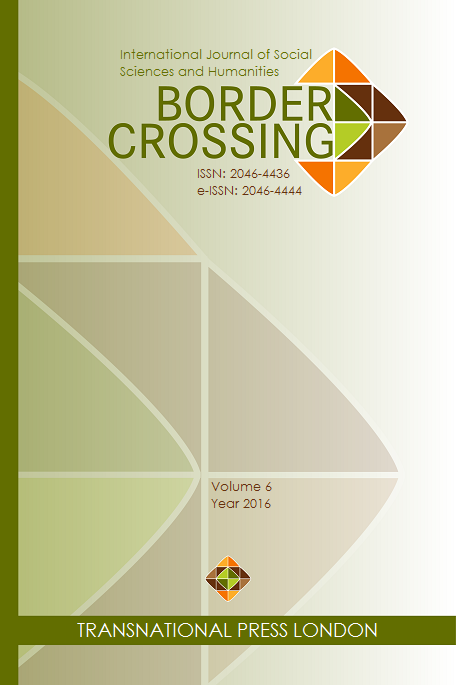Değinim Durumundaki Azınlık Dillerinin Sürdürümü
Maintenance of Minority Languages in the Case of Contact
Author(s): Sonel BosnalıSubject(s): Social Sciences, Language studies, Language acquisition, Sociology of Culture, Sociology of the arts, business, education, Migration Studies, Ethnic Minorities Studies
Published by: Transnational Press London
Keywords: Language contact; multilingualism; diglossia; minority languages; maintenance; language death;
Summary/Abstract: Language death occurs in three cases: change, transformation and extinction. The reasons of language death can be collected under two headings, as physical or sudden and cultural or slow death. Slow death which may be referred as “cultural assimilation” occurs though cultural change. It doesn’t depend upon mass extinction. When a community turns into a minority due to immigration or a culture dominates another culture, the language of the minority which is under pressure is exposed to a long process which will lead to extinction. This process is generally referred to as “language contact” which is maintained to be an important agent in language death. Sociologists who especially study Europe argue that language contact results in language conflict, which lead to the death one of those languages in contact. Opposite to this “conflictual” approach, sociologists who study America adopt “diglossia” model. They maintain that language contact may occur in a “peaceful” environment and it does not always lead to a conflict and may not result in language death. Linguistic behaviours of multi-lingual communities and factors affecting these behaviours are to be determined to be prescient about death of languages or maintenance problematic. Defining language switch as “any circumstances in which coexistence of two languages at the same period effect individual behaviours” refers to its individual trait. However, a definition as “use of two or more language systems by the community” emphasizes its social aspect. Multilingualism may affect not only individual language behaviours but also language behaviours of all or a part of the community. The fact that lies beneath the factor that determines language behaviours of a community concerning language shift or language maintenance is the quality of the relations between languages. One prominent effect is language planning which occurs by “in vitro” intervention. Languages on part with each other in terms of location, status and function can be used in every field without borders. These language situations where legislative regulations and practices are the case as a result of recognition of multilingualism on individual, regional and national basis are the most appropriate planning for maintaining of languages. Unbalanced planning which refers to one language in a community where multilingualism is not recognized imposes one language on the community. Other languages do not have any formal status and function versus official or national language. This situation which is referred to casual multilingualism does not allow a transition between languages. An unbalanced relation occurs between a “metalanguage” which is supported by the political power and a “sublanguage” which lacks any kind of support, which shows language switch. In this case minority language exposes to a long extinction process until the death of its own. On the other hand, linguists who study Greece, Haiti, Switzerland, Tunisia and Zaire are of the opinion that diglossic language circumstances differ from conflictual multilingualism and maintaining of language is possible in unbalanced planning. Language situation which is referred as a functional distribution of two or more different languages in hierarchical relations in a community may show stability for a long period. In the context, studies on Azeri Turkish and Khalaj in Iran indicate that there is a diglossic language planning based on function division and behaviours of language maintenance differ by population and other social factors in this country. As a result, examples in some countries where multilingualism is distinctly planned show that balanced relation does not always bring deconflict and unbalanced one does not bring conflict herewith. Besides, they corroborate the hypothesis that “diglossia” model may be a solution to maintain minority languages.
Journal: Border Crossing
- Issue Year: 6/2016
- Issue No: 2
- Page Range: 292-304
- Page Count: 13
- Language: Turkish

